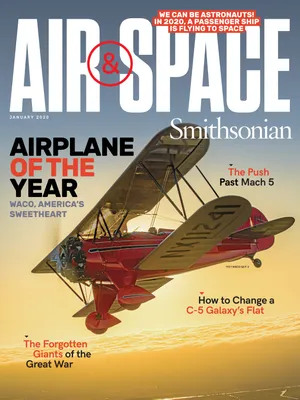How a Network of Orbiting Antennas Helped NASA’s Astronauts Stay in Touch
Three (plus) spacecraft circling 22,000 miles overhead are better than dozens on the ground.
/https://tf-cmsv2-smithsonianmag-media.s3.amazonaws.com/filer/15/d2/15d216fa-2242-46f6-8096-7db60ba2b60c/27a_dj2020_dsc0037_live.jpg)
For roughly the first two decades of spaceflight, NASA had to rely on a vast global network of terrestrial communications stations to talk to orbiting craft. That began to change in April 1983, when the space shuttle Challenger carried the first of what would be six first-generation Tracking and Data Relay Satellites (TDRS) into geosynchronous orbit about 22,200 miles above the surface of the Earth. (TRW built seven first-generation TDRS units; one was destroyed in the 1986 Challenger accident.) This constellation of orbiting antennas allowed controllers on the ground to remain in longer contact with spacecraft, both crewed and uncrewed, than before, and substantially increased the amount of data that could be transmitted.
The TDRS system is designed to use three satellites as primary transmitters, with the others instantly available as spares. Of 13 TDRS spacecraft launched, eight remain at least in limited use; several have been intentionally “retired” through fuel depletion and placement into a passive state to prevent disruption to the network. That network improved terrestrial communication too: On April 28, 1999, the first-ever South Pole-to-North Pole phone call was connected via TDRS-1, which would remain in use until June 27, 2010, outliving its planned decade-long design life by 17 years.
TDRS-M, launched August 2017, will be the last of the line. NASA has sufficient orbital communications bandwidth for now, and when they need more, a new class of satellite will keep them in touch.
